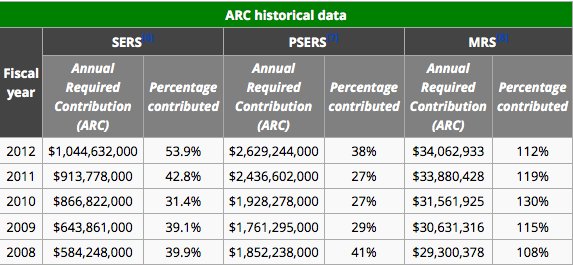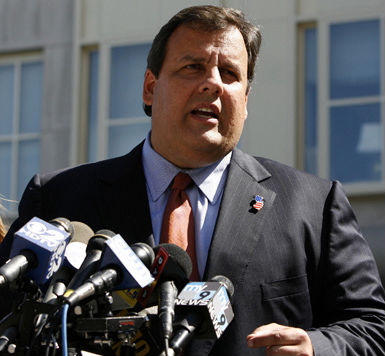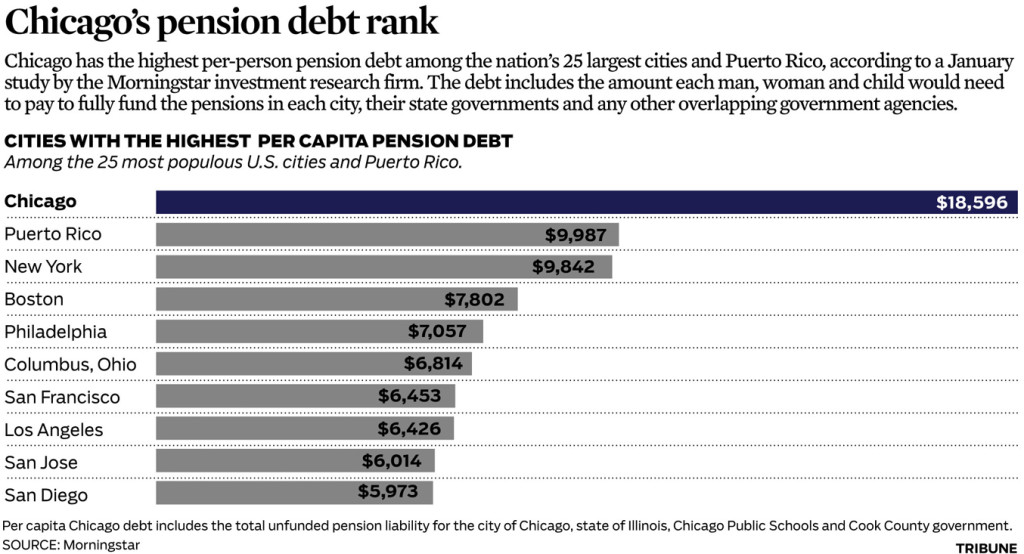A New Jersey Superior Court judge ruled this week that the state acted illegally when it cut its contribution to the state pension system in 2014.
If the state’s appeal of the ruling fails, it will have to come up with an additional $1.57 billion in 2015 in order to make its full payment to the pension system.
That money isn’t yet budgeted for – which means lawmakers will soon need to rearrange some items in the general budget to make space.
Lawmakers reacted this week to that steep price tag, warning of cuts that would come as a result. From NJ.com:
“The impact on programs at the end of the year would be devastating,” state Assembly Majority Leader Lou Greenwald (D-Camden) said. “The reality is we have to either make draconian cuts and make the payment…”
[…]
Assemblyman John Wisniewski (D-Middlesex) said Christie created the problem with his “duplicitous assessment of how to handle our pension obligations,” which included touting his 2011 overhaul of the pension system and telling workers that it saved their pensions, and then arguing in court that his own law was unconstitutional.
“He has an obligation to come up with a solution, since he is the one who came up with a solution that put us in this predicament in the first place,” said Wisniewski,
Assembly Minority Leader Jon Bramnick (R-Union), however, said it’s up to the Legislature to figure out what to cut now.
“All budgets are prepared by the Legislature,” he said. “So the court is saying to the Legislature you have to put this much money in the pension fund. So I’m assuming the governor will ask the legislature to come up with the program cuts that would be needed to find $1.6 billion.”
While the Legislature must pass budgets, it’s Christie who first proposes them.
Assemblyman Jay Webber (R-Morris), a member of the budget committee, said the payment Judge Jacobson ordered is about 5 percent of the budget.
“We have to be able to find it. And I think the other thing it emphasizes is we need a new round of reforms to our pension system,” Webber said. “We need to change those promises for new employees and employees who are far enough out from retirement that they can plan their retirements accordingly.”
The lawmaker reactions came before details emerged about Christie’s new pension reform proposals.
The savings realized through the proposals, if enacted, could make the cutting process easier for lawmakers.
Photo credit: “New Jersey State House” by Marion Touvel – http://en.wikipedia.org/wiki/Image:New_Jersey_State_House.jpg. Licensed under Public domain via Wikimedia Commons – http://commons.wikimedia.org/wiki/File:New_Jersey_State_House.jpg#mediaviewer/File:New_Jersey_State_House.jpg











